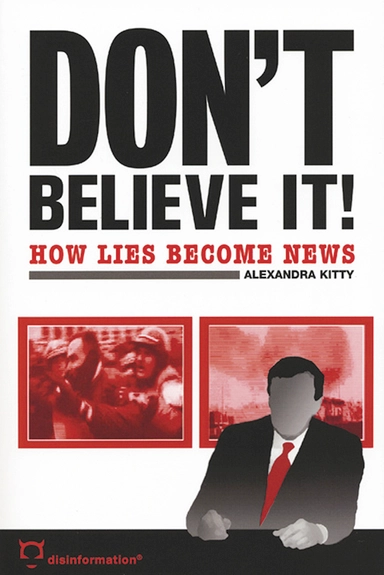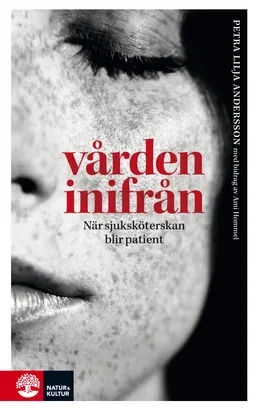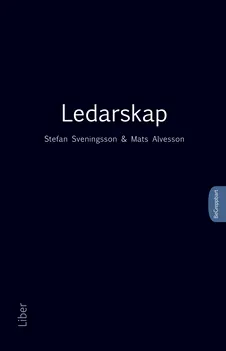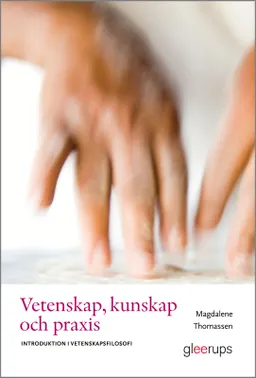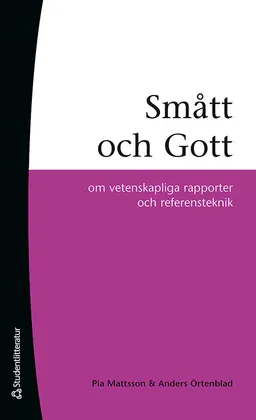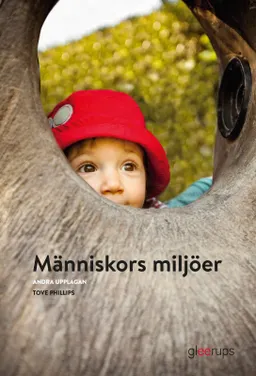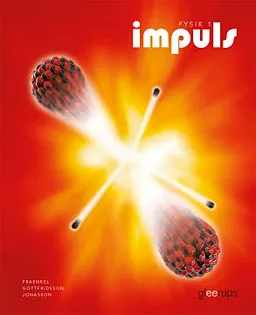Do you think shamed journalists Jayson Blair and Stephen Glass were rare bad apples? Far from it, they were just the ones stupid enough to get caught. Alexandra Kitty demonstrates with example upon example how manufactured news is endemic in our media and shows the reader how to spot suspicious stories. In the last few years, the journalism industry has cut costs by eliminating important safeguards: companies have reduced the number of fact-checkers, editors, and journalists. What this means is that editors and reporters cannot spend time verifying information. Moreover, journalists are not required to have professional experience or training to cover their beats. Fierce competition to get a scoop may lead to journalists making careless errors or not double-checking information. To maintain audiences and readership, journalists, editors and producers will choose sensational stories that "shock." Combined with time and budget constraints, journalists may unwittingly or deliberately disseminate false or misleading information to the public. It is important to "get" a story, interview a subject or nab a scoop first--the accuracy of these elements is secondary. Competition from other media outlets also means the goal of a journalist is to get the scoop first--how it makes it on the air (flawed, inaccurate, questionably obtained) is unimportant. Don't Believe It! teaches news consumers how to verify information. It shows readers how to evaluate sources, eyewitnesses and data. This is a comprehensive bible to information verification from a logical standpoint, showing how to be skeptical without being jaded, step by step, with case studies and a classification manual.
Åtkomstkoder och digitalt tilläggsmaterial garanteras inte med begagnade böcker
